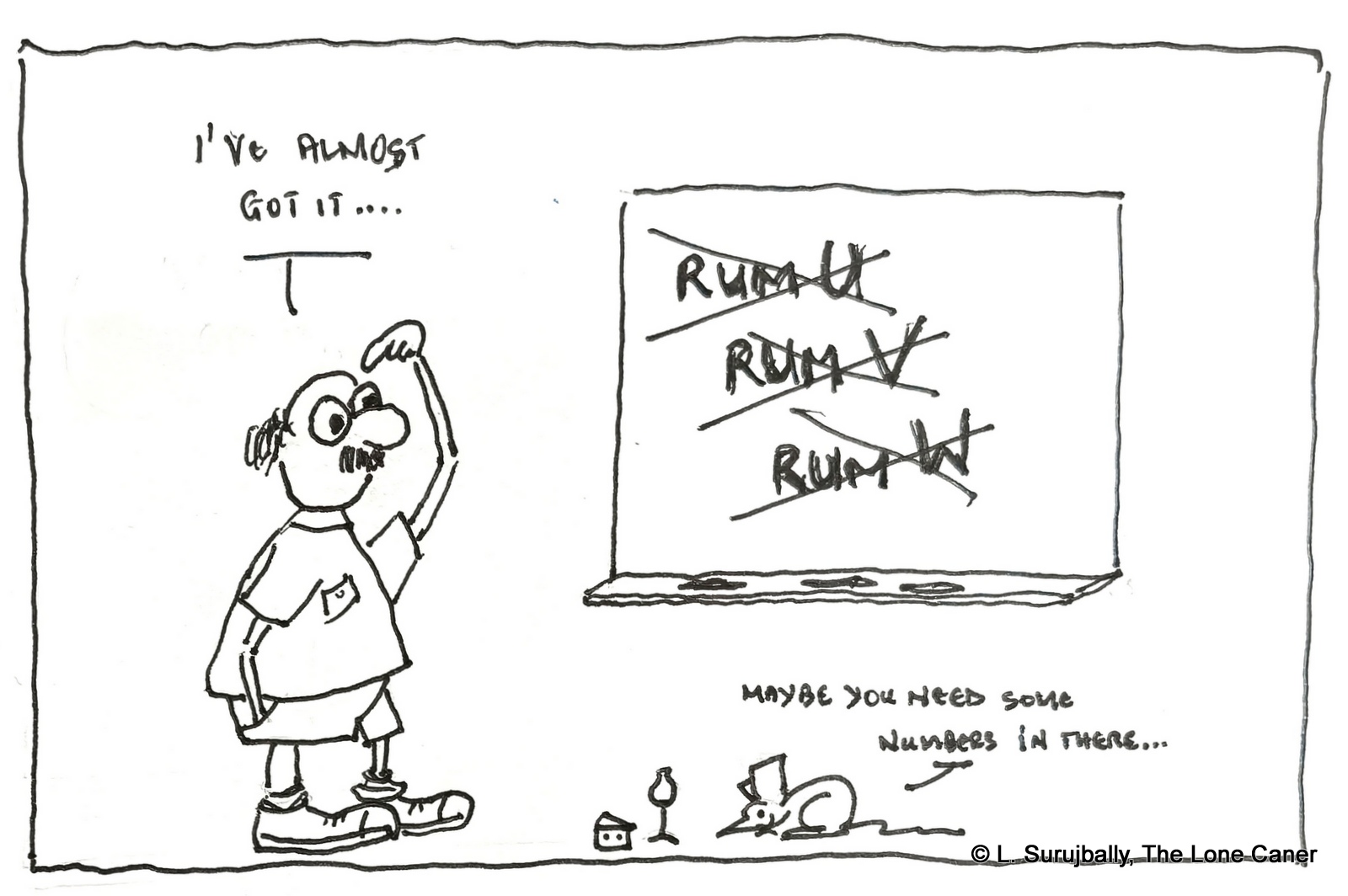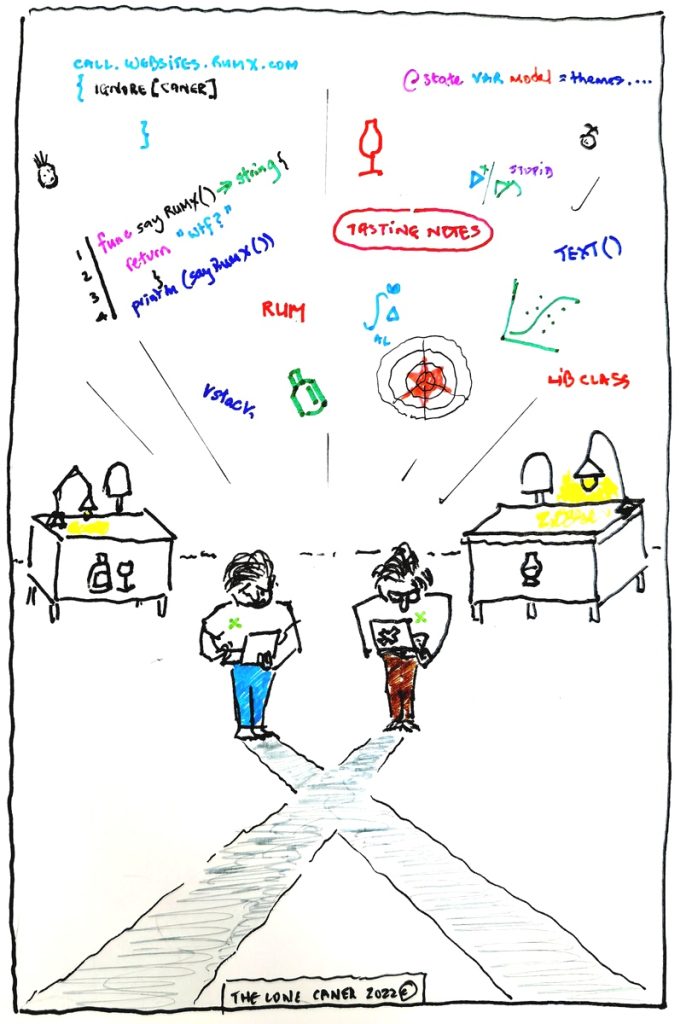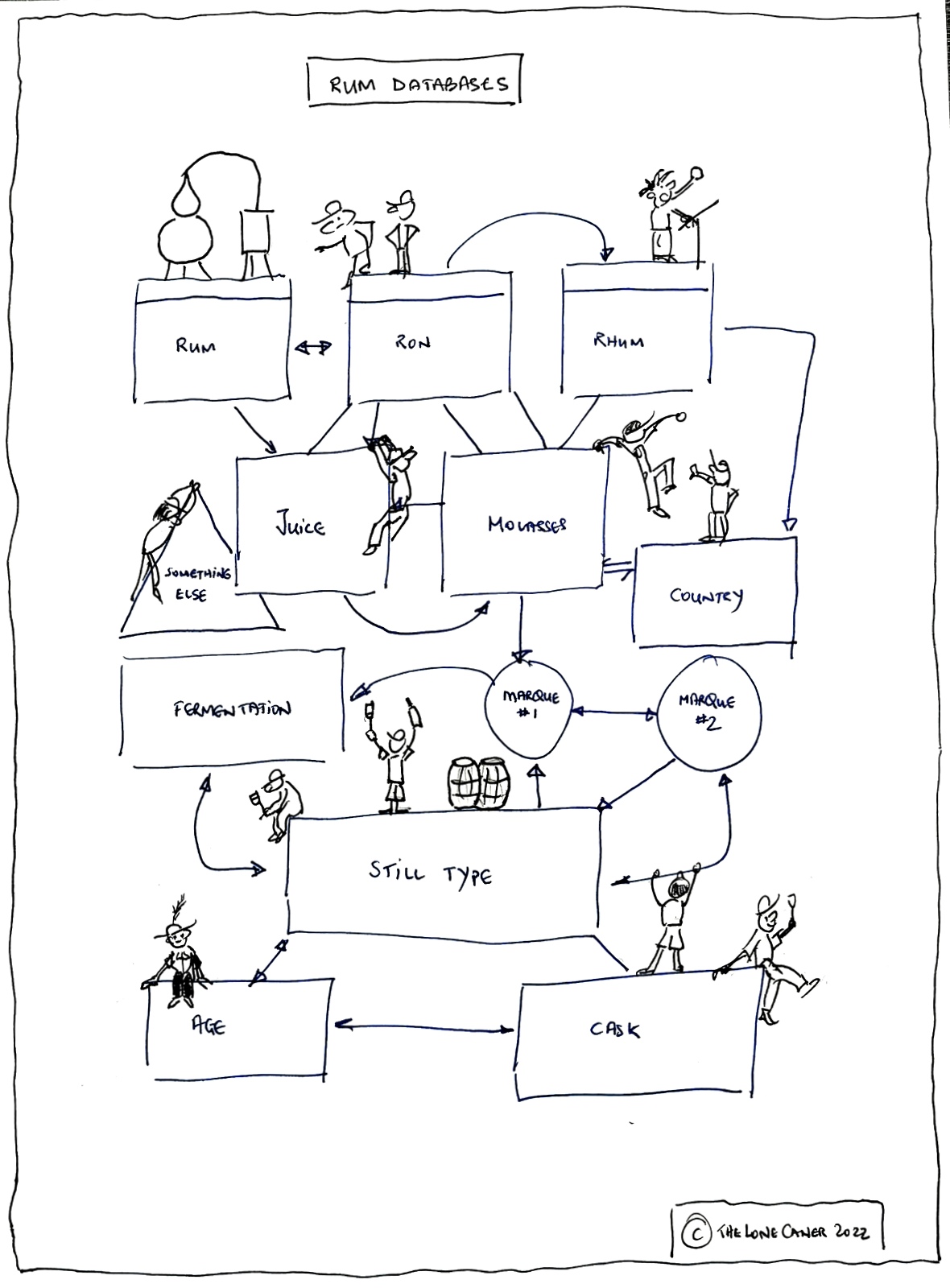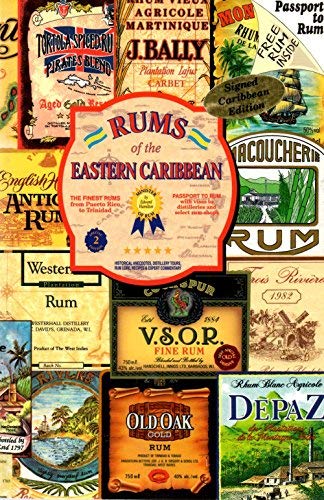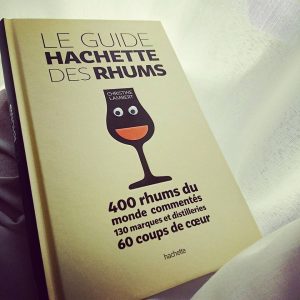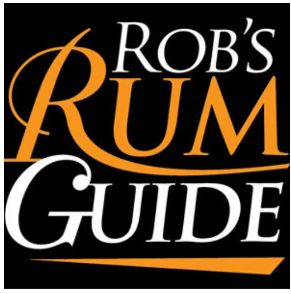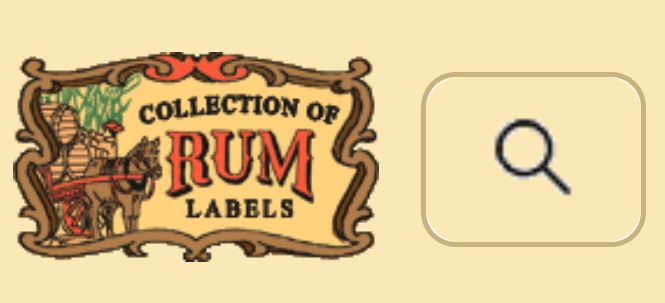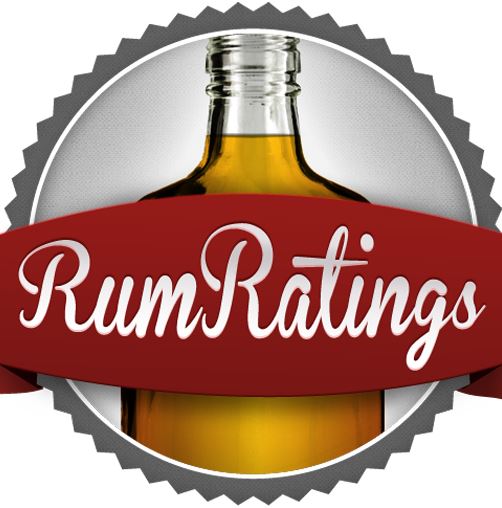Part I was an extended discussion on the evolution and development and early efforts to create a comprehensive data set – a database – of rums. Not just current rums available now, but all of them, from all times, all eras, all countries. That it has never been done doesn’t make it any the less important…or dreamed of.1
To be sure there were some resources available, as listed – the problem was they were scattered, inconsistent, incomplete or did not have such a focus, and almost all that did gradually went dark because of the effort of maintaining them. Peter’s Rum Labels and Rum Ratings remain the best ones that are still live, yet they have limitations of their own. Sites like the American Rum Index and Australian Rum Index remain too small-scale in scope and rarely list rums at all; and review sites with real quantities of reviews — WhiskyFun (the champ with 1600+), the Fat Rum Pirate and this site (nearly a thousand apiece) — can only list rums that have been tried and to which there is access; still other sites like Barrel Aged Mind, Barrel Aged Thoughts and Single Cask Rum (which list issued rums as part of company profiles) only focus on what interests them, and are hardly exhaustive — and therefore there are gaps and fissures all over the place.
The time was therefore ripe for the next phase in such rum databases’ evolution: crowdsourcing and the mobile app. Already technology was moving to a point where solutions in other areas (where large volumes of data had to be collated) were seen as potentially applicable here, most notably that of setting up easy-to-use online infrastructure and letting the users provide the data.
Given the user-driven examples of Wikipedia and Rum Ratings in particular, the only real surprise is why it took so long for some enterprising rum aficionado to combine crowdsourcing with the increasingly headlong move towards portable devices and port the entire concept to mobile in the first place. Maybe it’s because app development is a young person’s game while the real deep diving rum chums are all old farts using desktops (like me, ha ha). The advantages of an app based on mobile rather than desktop (or laptop) technology are clear: in real time and usually on the fly, users provide the input, the content, the tasting notes, the scores, the production details, the label data — and the app or its owner acts as a middleman and moderator, curating the content for error checking, duplication and incorrect data. In this way the combined power of many creates a greater whole than any one person could possibly do alone and if crowdsourced edit and error correction gets folded in, well, you really have something here.
While Rum Ratings was the first application to take crowdsourcing seriously, it was geared for the larger screens of desk- and laptop, and hampered by the fact that the creator, for all the good intentions, was not so deep into the rum culture as to note the wave of consumer requirements and enthusiasm which would have made the website more useful. It was a hobby project that had great utility for a general rum drinking audience, but never stepped up to the next level to make it some kind of de facto leader in the field, or a standard of any kind.
The origin of the application that was and remains the closest to realising the vision of a publicly available, curated, and comprehensive rum database was actually not — then or now — created for that purpose. Like most programs, websites or applications that enthusiastic people slapped together in the past two decades with enthusiasm, gumption, gallons of coffee and too little sleep, its genesis was personal. Oliver Gerhardt in Germany was getting interested in rum, had a control spreadsheet to record his tasting impressions of those rums he had sampled, and a Master’s degree project to develop a mobile app: so he simply combined the two and came up with a small and very rudimentary application he called “Rum Tasting Notes”, which replaced his spreadsheet tasting diary.
Unsurprisingly for a first-gen effort where the basics and philosophy hadn’t been firmly nailed down yet, it was primitive. The database mechanism was clunky and at first very manually driven. The architecture lacked community ratings or a tasting feed, and there was only a very rough way to create tastings: if one wanted to record tasting notes it required manual fill of key data with no error checking. There was no true database in the backbone. The point-scale was between 1 and 10 with 0.5-point increments and thus covered only one fifth of today’s value range. But there were a few sliders, a scoring mechanism and a comment field, so the core features were already there.
After playing with it and expanding the facilities of the app for many months, he realised his pet project actually filled a niche that was imperfectly addressed by the existing sources available at the time. Perhaps others would be interested? In early 2018 he showed it to some friends and the app even as it was, was so well received that in December of that year he finalised the first version and uploaded it to the online app ecosystem, for free (it remains a free app as of this writing). Initially RTN was provided to the iOS app store, but an Android version was soon provided as well. At the time it had tasting notes — for that was the purpose of the app – for a total of 300 rums which had been cobbled together from his own notes, blogs, online stores and even books.
Although initially released only in Europe, several things caused the app to grow by leaps and bounds. For one, Oliver brought in several volunteers from the rum community to share it around, talk to fans about it — some, like Benoit Bail-Danel were well known and had good reputations in the field, so their word carried weight, and their social media posts and commentary accelerated the visibility and acceptance. Secondly, he added to the development team quickly: critically this was Jakob Schellhorn for product management and marketing, Marcus Rottschäfer for the recommendation engine and machine learning aspect, Vincent Kesel who played a major role in the development of the android version, Theresa Plos for her lovely design work, and other users and early adopters who provided useful feedback and acted as proselytisers for RTN. Clearly, then, the moment it went up as an app, commercial possibilities were being explored, and it was not going to remain a guy-in-a-garage thing forever.2.
And it didn’t, because it was constantly tweaked and redesigned as more functionalities were added, thought of or asked for. The name got switched from Rum tasting Notes to RumX in a major update in 20213. A website was set up for future expansions, where searches can be done. Both the recommendation engine and the tasting engine became more sophisticated; the latter allowed for both pre-defined words and manual fields; scores were made easier, and extra fields were added for new rums’ background details (a godsend to a guy like me). Error checking, data integrity and duplicate elimination was beefed up as rums were added, and continues to be scrutinized regularly (no rum gets added without being vetted first). And in mid-2022 the app was expanded to be available in North America.
Users could now, on the road and with minimum fuss and bother, add new rums and define where it was bought, basic details about it, whether it was a sample or a bottle, and how much it cost. Bar codes could be scanned in. Users could build a collection of their bottles, their tasting notes, their wish lists, interact with each other through a community feature, link to reviews and websites…the app has become something of a one-stop shop for all the things that individual sites once did – likes, discussions, bottle splits, shares, tasting notes, charts, scoring, and so on – while seamlessly integrating the experience and making it easier. Plus, it was mobile, so people could use it in real time when they were shopping, scan bar codes into it to get and upload data, check out aggregate scores on the fly and, as time went on, even check out prices and shop online for their rums. People in a shop used to have to search for bloggers’ reviews to see whether a rum might be worth buying – this app makes that an option, not a requirement, and it’s faster.
Of course, it’s not perfect: no app really can be and what one person likes might be an anathema to another. Adding a new rum on a smartphone takes time and is still something of a pain in the ass. Tasting notes icons for quick selection are not entirely intuitive (though the colour coding does help) and it’s not always clear what a slider or icon description might actually be for (e.g. “roasted”). It also lacks speed for multiple tastings and updates which a desktop version would assist. There are many like me who have hundreds of tasting notes and would like to add that to the database but it’s not feasible to do so. On a phone it’s just not going to happen: yet there is no facility to do so via an API upload or a desktop version of the program (as yet).
But circling back to the main theme of this two part essay, RumX’s influence and importance exceeds its user-friendliness and multi-functional abilities, to an extent not clearly appreciated by casual users, or even, perhaps, its creator. Most users, after all, just want to know whether to buy a rum or not, or what a bottle they have should taste like, or what others thought of it.
Whether by design or not, though, RumX has become far more than just a tasting notes diary, score aggregator, digital collection builder and rum collector’s app. It has become a central hub in the rum consumer’s ecosystem, connecting shops, reviews, scores, specifications, users and even conversations. And as time went on and more and more people adopted it and began adding to it, what it brought to the table was a digital, mobile tasting note app, reasonably easy to use, minimising the amount of typing and quick to update by the average user. Nothing we’ve ever seen has even come close to this kind of broad functionality. And this in turn has led RumX, not quite four years after its introduction, to already boast more than 13,000 rums in its database.
Just think about what that means. In 2013 I opined to a friend of mine that perhaps there might be 5,000 rums in the world. Ten years on, I know that it was a woeful understatement – because having seen Luca Gargano’s 5,000-rum warehouse and knowing of Steve Remsburg’s 1,200+ rum collection, and considering the hundreds or even thousands of new rums that get released by old and new bottlers, distillers and indies every year, I’m aware that we are in very real danger of just getting lost in the wash. It’s too much, too fast – no writer can keep up, not without help, time, sponsorship or funding – so to have this one resource that lists more than anyone else and has it available to everyone, is a huge benefit to the entire community.
For once, we have the facility – limited, but still more than before – to tap into the biggest single repository of rum bottling information that exists for the general public. At last we can tell if the Cadenhead VSG 73.6% 1990-2003 Guyana rum is real, or a mislabelled sample bottle, and not spend two days tracking it down. Individual reviewers and writers might deep dive into a single rum and put more info out there (and in better prose), and those who write informational pieces about distilleries, distillation, companies, personalities, styles, countries and so on will never be out of work. But in aggregate and for what it is, RumX is quite simply the biggest database and the best resource of rum bottling information out there that’s available and accessible to the general public. If Oliver and his team can find a way to upload bulk information or allow the inclusion and processing of data more rapidly by the reviewing sources who have been the backbone of the writing community for so long, I don’t doubt that RumX can top twenty thousand entries in another few years, easy.
And that serves all of us who want to know more about the more obscure older bottlings we occasionally run into, as well as the newest and bestest by the big names. Finally, it looks like after decades of trying, the ultimate rum database has been found: not in the basement labour of an unknown and unappreciated solitary rum lover who never shares because it’s never finished, but — as it almost had to have been — in our own collective consciousness, in each and every one of us who love the spirit.
Other Notes
- I could have made this a single essay and just added RumX as the last entry in the list of databases, but that would have meant shortening the info I had on the app (hat tip to Oliver, who provided much of it) and I felt it to be useful in and of itself.
Sources
- The RumX Website and FB Page
- Correspondence with Oliver Gerhardt
- ZuckerUndZest Interview (2022)(German)
- Single Cask Rum Interview (2021)
- Fat Rum Pirate Interview (2021)
- Rumporter Interiew (2020)
- RumAuctioneer Interview (2019)
- Reddit post
- Rum Magazin Article (2018)(German)
- Everybody Wiki article

